Throughout the next few weeks, we’re continuing our exploration of nine different growing regions and nine different families. As we explore, we’re working to understand what it is about each region that makes each unique. We’re teasing apart how this influences the values of growers and craftspeople, and why our partners’ particular combination of weather, soil, varietal and craft brings them awards, national recognition and inspiring tea.
We continue our ongoing Field Guide series by focusing on our partner Huang Ruiguang, his family’s Dancong teas, and the unique Wudongshan region. The Fenghuang mountains in Guangdong are home to Dancong oolong and to Huang Ruiguang and his family. One of the most famous teachers and figures in the modern history of Dancong, Huang Ruiguang made his name pioneering agricultural techniques and building a reputation for impeccable taste and craftsmanship.
We are honored for the opportunity to represent his families teas each season, and for the time we have spent learning with him.
PART TWO: Huang Rui Guang
Wudongshan, Chaozhou, Guangdong
Of course, tea can grow happily with more sunlight and rich soil, but in less challenging conditions, tea plants grow so fast that their leaves are not nearly as sweet as the tea that “struggles” in the cold. Cooler-climate teas store up more sugars before they are picked, taking longer to soak in the sunlight they need to put out flowers and new shoots. This potential energy in the form of sugar is captured by dialing in the right picking time, and this is part of what can make a tea fantastic instead of bitter.
In a climate like Guangdong, low elevation agriculture comes with other problems. The humidity and heat in valleys here favor insects, and insects of all sorts are a challenge for tea farmers. Big factory farms that grow tea in the lowlands (where they can achieve the large yields necessary for profitability) are forced to use pesticides to fight off the happy insects. High in the mountains, the cooler weather, low nighttime temperatures and the wind naturally keep the insects manageable enough for tea plants to fend for themselves.

Huang Ruiguang’s family is lucky to have land on the slopes of Wudongshan, the tallest mountain of the Fenghuang range situated within the traditional tea growing area. Huang Ruiguang and his sons separate their tea into mid-elevation and high elevation harvests, as well as tea grown on the slope of Wudongshan and tea they finish from one mountain slope over.
As Huang Ruiguang explains, the direction of the slop makes a big difference in the finished tea. Tea that is situated ideally gets just the right angle of sunlight for just the right amount of time. Too much morning light before picking, and the tea is not sweet enough.
Typically, you would only expect to see Assamica tea growing into large trees, as it does in Mt. Ailao. In contrast. Camellia sinensis var. sinensis is most commonly grown in bushes and low hedges.
In Wudongshan and across Guangdong, however, the traditional sinensis tea plant is managed to grow into lilac bush sized trees.
the trunk of a giant tea tree in Mt. Ailao
tea hedges in Wuyishan
a single Dancong tea tree in Wudongshan

These trees do not have to deal with crowding, and so put out deep root systems. The tea trees also do not get trimmed back like Wuyi or Anxi teas. Trimming would guarantee more tender leaves each season, but also stunts the growth of the plant. Here, tea is picked in limited quantities and the trees are generally not trimmed. This encourages the individual bushes to continue growing larger with each year.
While large-scale Dancong craft is a relatively modern change for the region, tea has been growing on a small scale in Fenghuang for hundreds of years. Indeed, some of the individual trees managed by Huang Ruiguang and his family are said to trace back to the Song Dynasty.
While a wild assamica tea tree might live continuously for well over a thousand years, sinensis trees in Fenghuang with such a long lineage are traced by their root system, not their trunk. Individual trees grow and die off every few hundred years, and new shoots emerge from the root system that are genetically identical. This is how lineage is followed back.

Many trees still standing are several hundred years old, and the largest of them are over 15 feet tall, yielding enough leaves to finish as a single tree harvest, meaning that the few kilos of finished tea from one tree are kept separate instead of blended, allowing the opportunity to taste the flavor of a single plant.
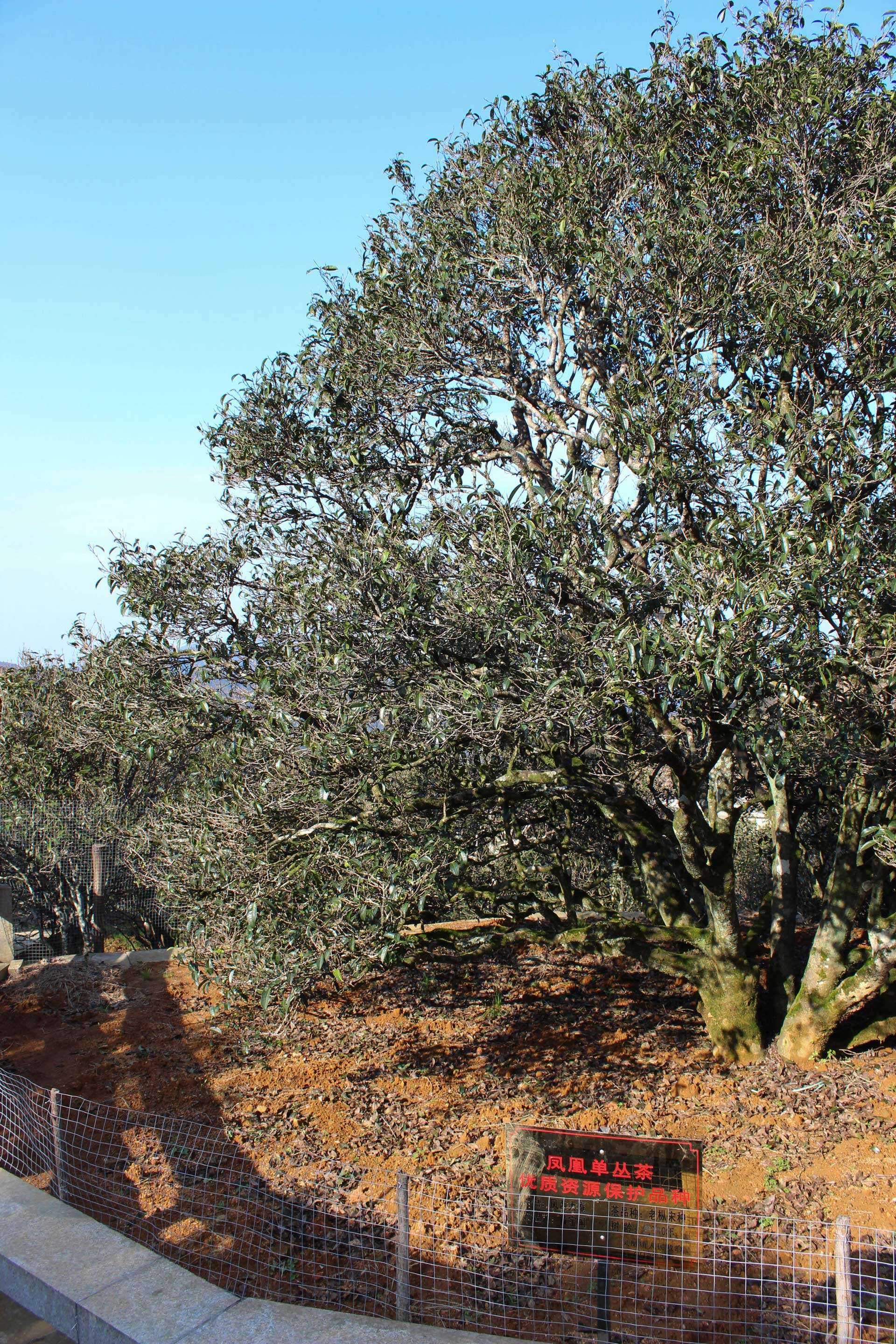
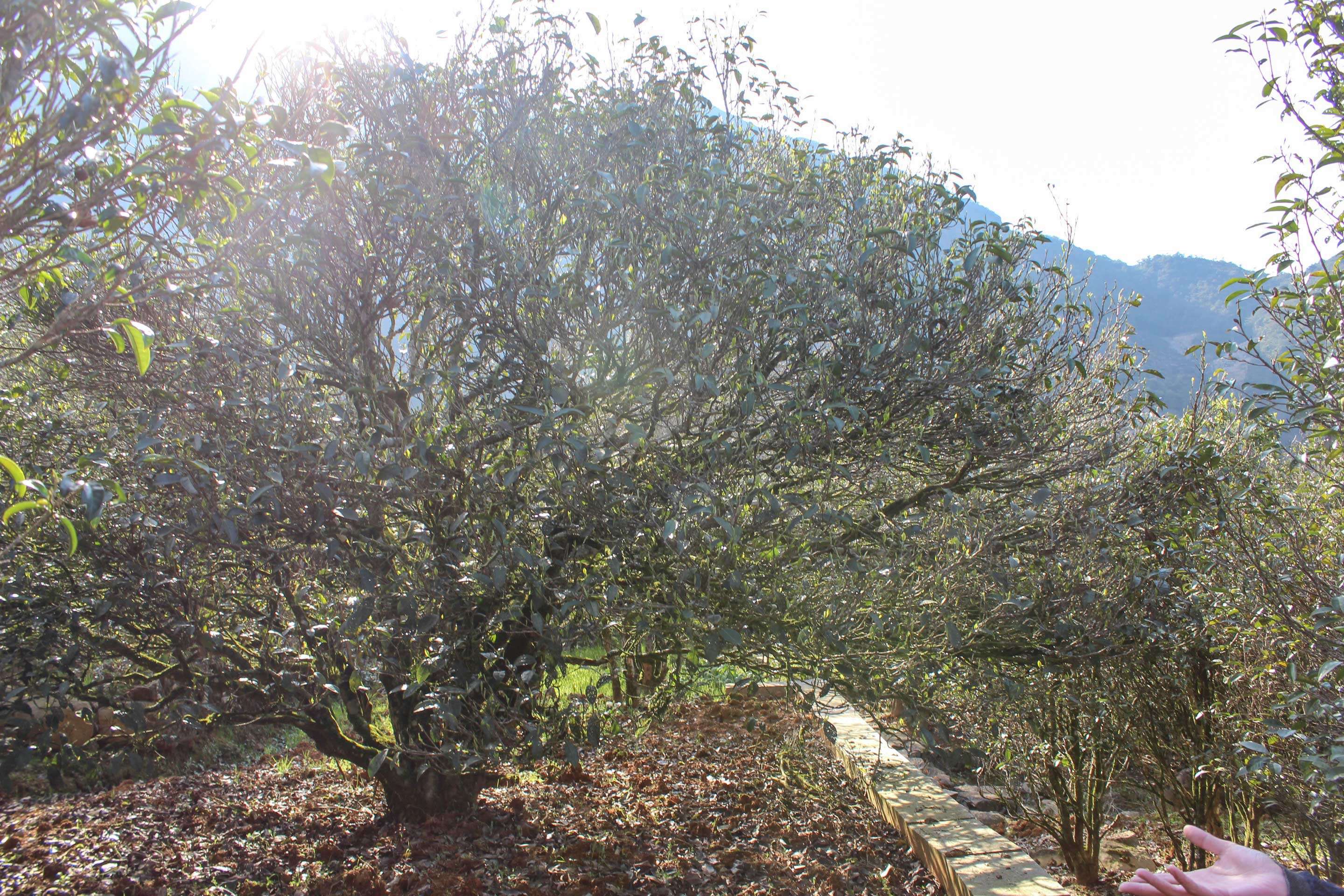
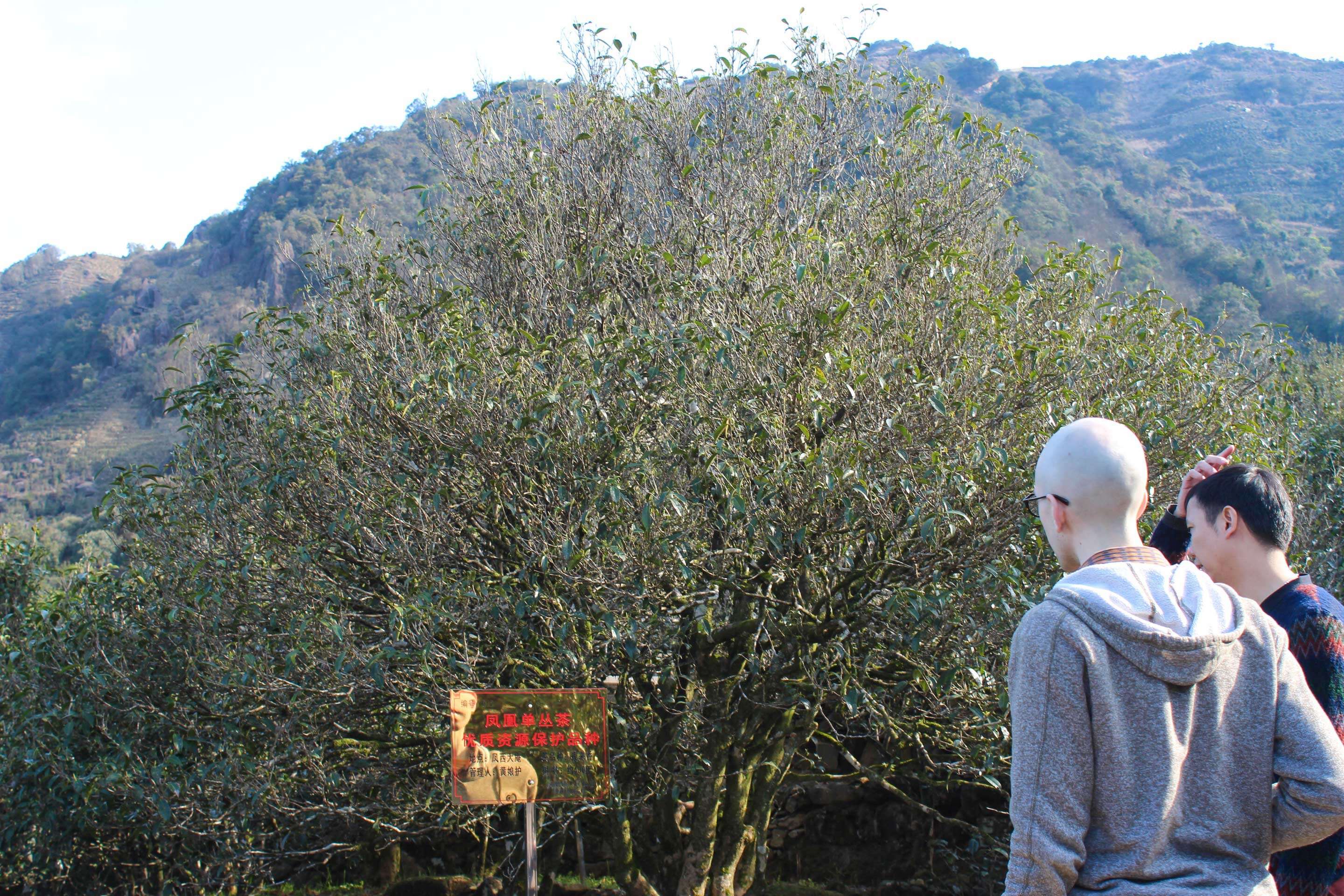
The most popular varietal in Fenghuang is Mi Lan, distinctive for its early budding and golden-green leaves. Huang Ruiguang’s family manages a biodiverse plot that includes Huang Zhi Xiang, Jin Lan Xiang, Ye Lai Xiang, Xing Ren Xiang, Ya Shi, Xing Hua Xiang, Shui Xian, and more. Each cultivar has distinctive aromatic qualities that craftspeople work to bring out more clearly through their craft.
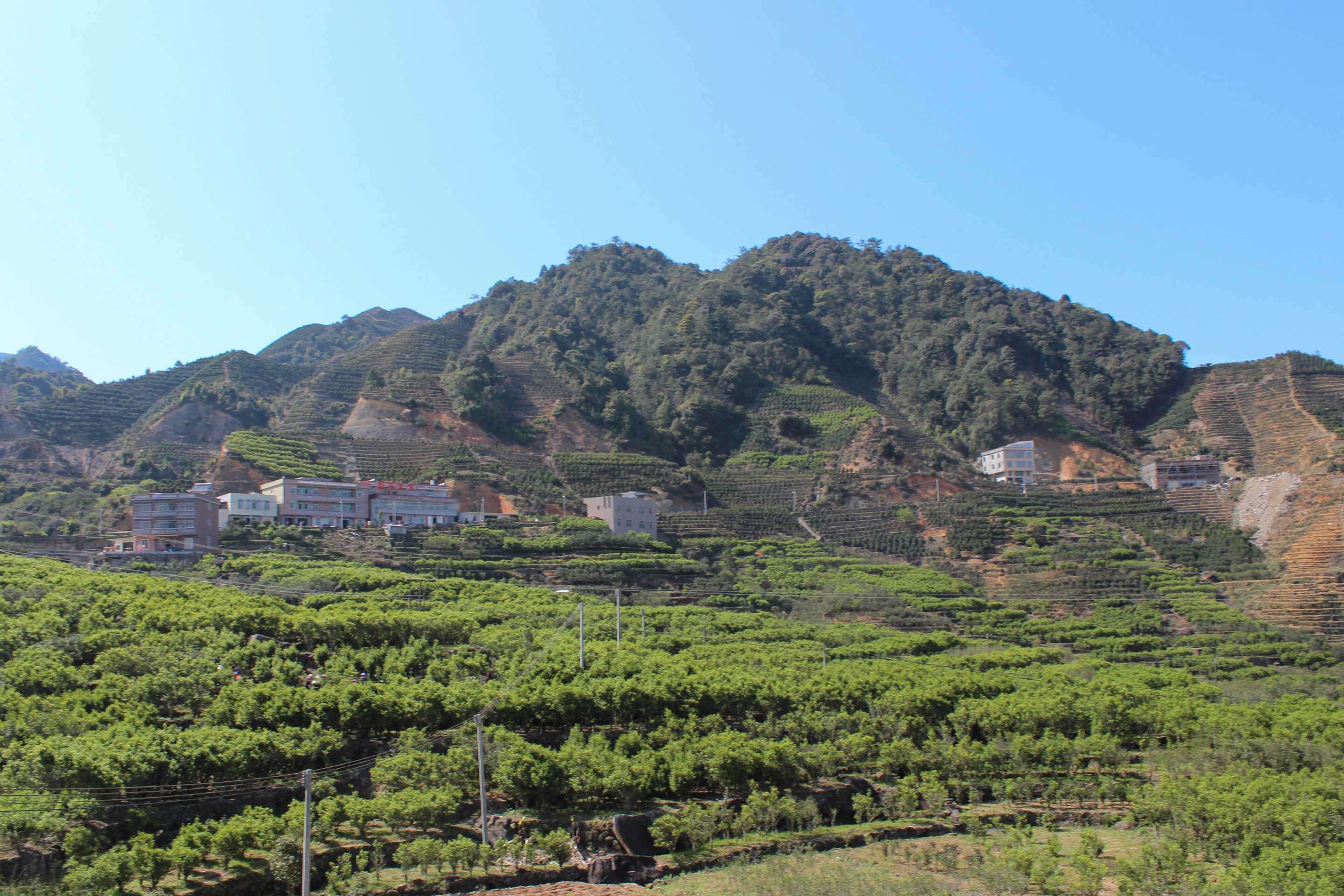
Like Wuyishan, Fenghuang is now most famous for oolong, but also produces incredible black tea. Huang Ruiguang’s sons use Mi Lan varietal leaf to craft a juicy and aromatic black tea to complement their dozens of oolongs.
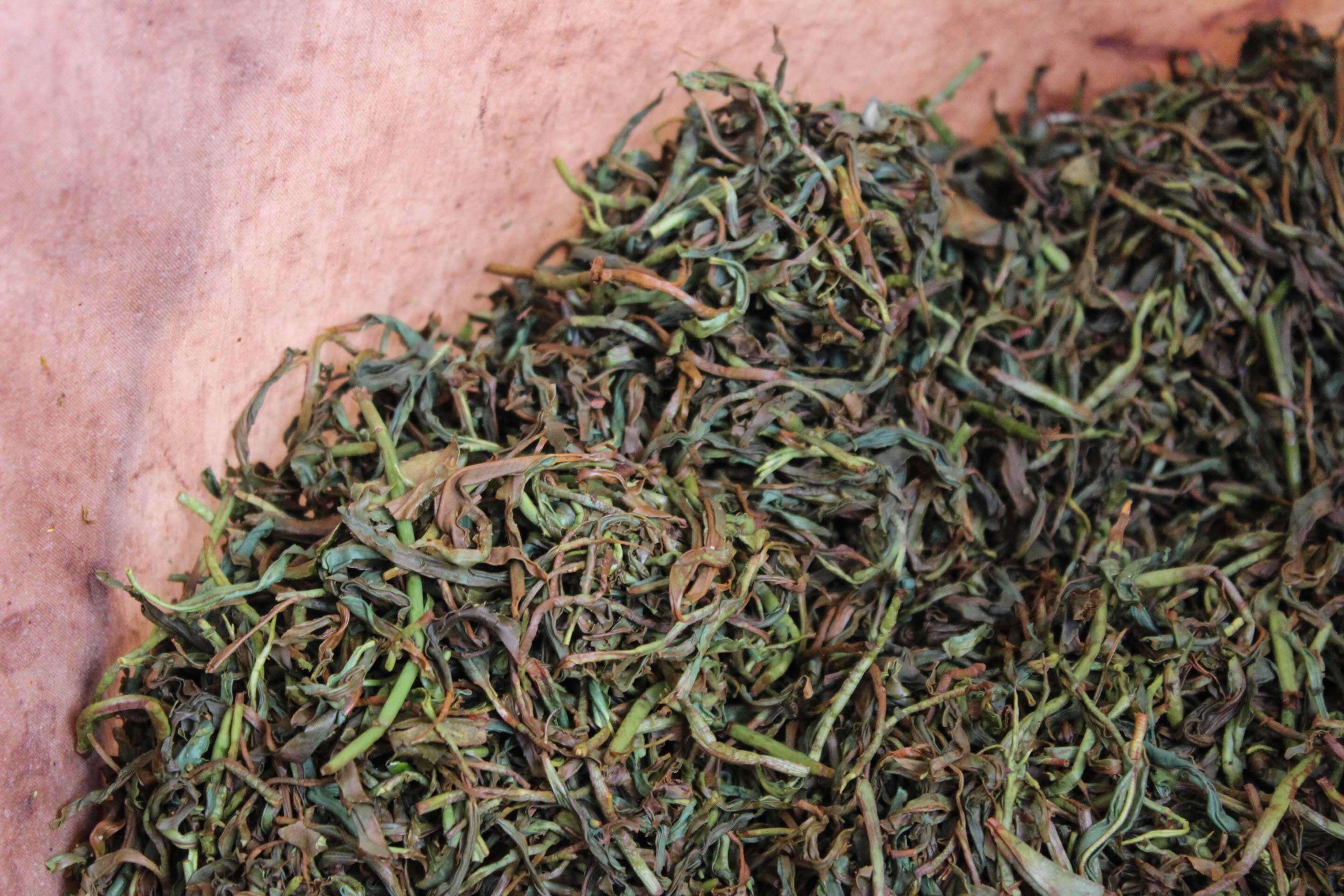
While Wuyishan is famous for a distinctive rocky flavor in all their teas, Fenghuang is famous for the intense focus on aroma and lingering aftertaste, brought about in large part through craft, not soil conditions.
Within the Wudongshan area, the mineral rich soil, mountain springs, temperature and sunlight all come together to make a distinctively sweet tea, made practically dessert-like through crafting skill. At the highest level, Dancong oolongs exhibit a cooling tingling sensation that is very much like the ideal “Yan Yun” of Wuyishan.
While in Wuyi, the specific microclimates come together to produce this effect, in Fenghuang it seems that within the perfectly-situated areas, tree age plays an important role. This may be due to the old trees’ deep roots drawing in more minerals, and their history of fighting of other plants and insects, thereby producing more of the flavor compounds we love in tea. Combine this with the high level of care given to individual old trees like King of Thieves, Ji Long Kan and others, and the results can be breathtaking.

During the days of collective work groups, Huang Ruiguang was selected for his dedication to study agriculture at the Chao Zhao Fengyang School of Agriculture and brought modern technique and discipline back to Yang Mei Village and the areas around Fenghuang Zhen.
At the time, the full annual output of tea was 120 kilos for the region.
Tea struggled in the area because the communal model did not encourage the dedicated care required for Dancong production. At the time, all the details of harvest date and picking were everyone and no-one’s responsiblity.
Huang Ruiguang was able to convince the local government to follow a new and experimental plan. Under his direction, land was divided up. Each member of the commune was assigned one small plot, and as an incentive to care for the land, individuals and families were allowed to plant their own food between rows of tea. The benefits were two fold – both encouraging bioversity and giving people a reason to care for the plants. This model was revolutionary in a politically dangerous way at the time, but his work and teaching paid off and output went way up.
As a leader of the communal work groups, Huang Ruiguang traveled to each village in the region to teach growing techniques and set up his new model. Together with a cadre of community leaders, Huang Ruiguang spent the next decades working to improve the craft, striving to use scientific method and meticulous hand-finishing technique to produce a tea that would not just lift up the region economically but bring fame and national attention to Fenghuang.
In 1982, he truly succeeded in his goal, bringing his Dancong to the national tea conference and competition in Changsha, and receiving a 99.8 – the highest score ever awarded to any tea in China at the time.
In 2012, Huang Ruiguang was declared a cultural treasure, and as a result of his work to raise up the region, he was awarded with 30 mu of some of the most perfectly situated land on Wudongshan. He took us up to the top of the mountain and gestured across the whole area, telling us that every farm we could see was run by students of his.
Huang Ruiguang’s reputation and position as a teacher and a leader in the community connects him to farmers and craftsmen across Wudongshan. In his retirement, Huang Ruiguang’s focus has turned to teaching and to helping his sons build their own reputations; indeed, Wei Ming and Zhen Ming have already both won top national ranks as technical masters, and have attained high levels of tasting and production skill. In addition to the yield of their own land, the family also has access every year to harvests of some of the rarest varietals and single trees in the area.


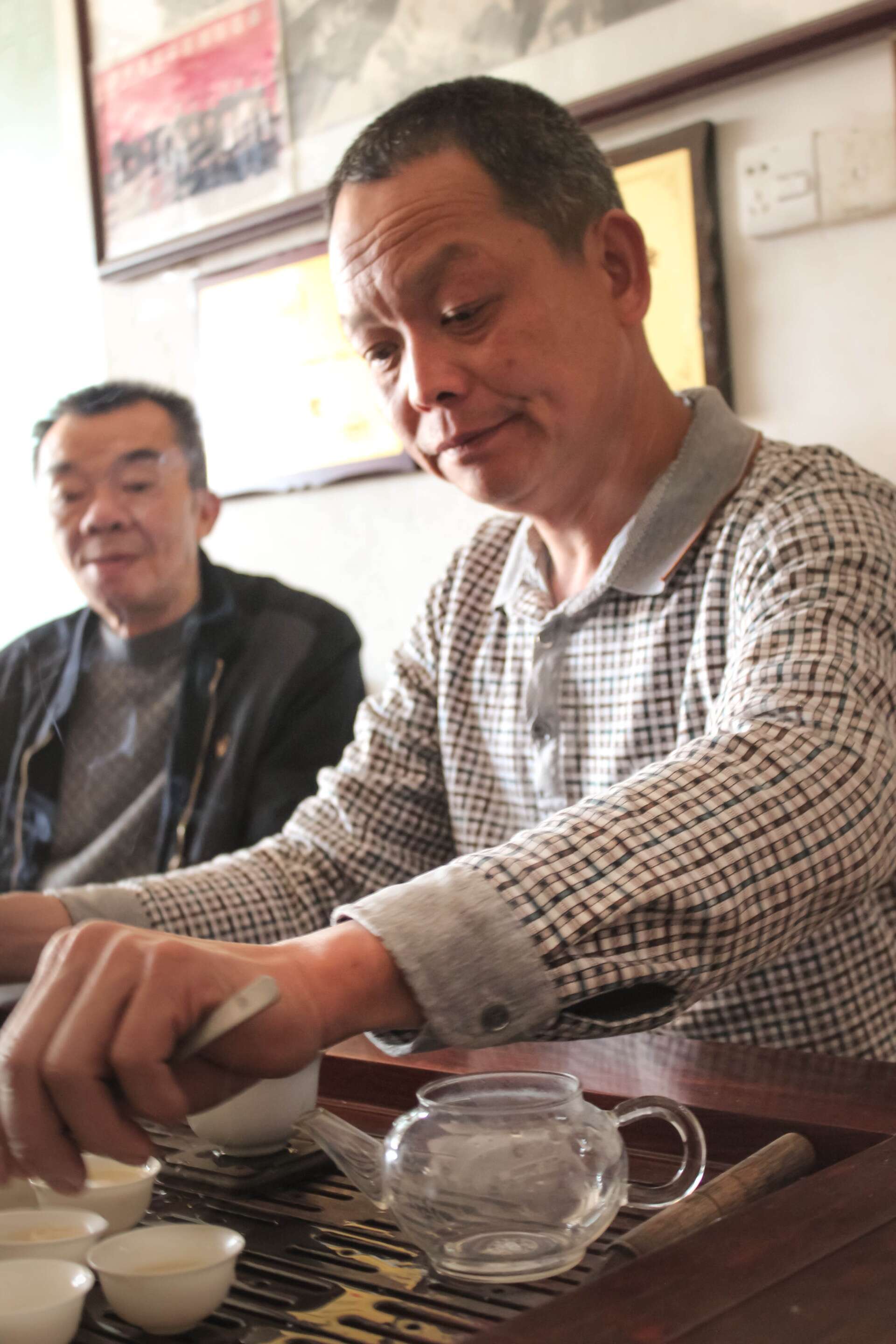
While most oolong is intentionally bruised in rotating drums, Huang Ruiguang advocates for the use of individual bamboo trays, hand turning and fluffing the leaves.
The goal is to work the moisture in the stems of the leaves out to the leaf edge to oxidize instead of allowing the leaf to dry before the stem. This slow process takes all night and when done perfectly, it locks in the incredibly rich aroma of each cultivar.
Part of the traditional process in turning and fluffing oolong is a family meal and the consumption of enough of the family’s hand-made rice wine to be mildly drunk during production. Huang Ruiguang’s family believes that the alcohol works to relax the muscles and allows them to handle the tea gently without wilting it.
When they are finally happy with the aroma and feel of the leaves, they bake the tea in single layers to preserve its long strip shape.
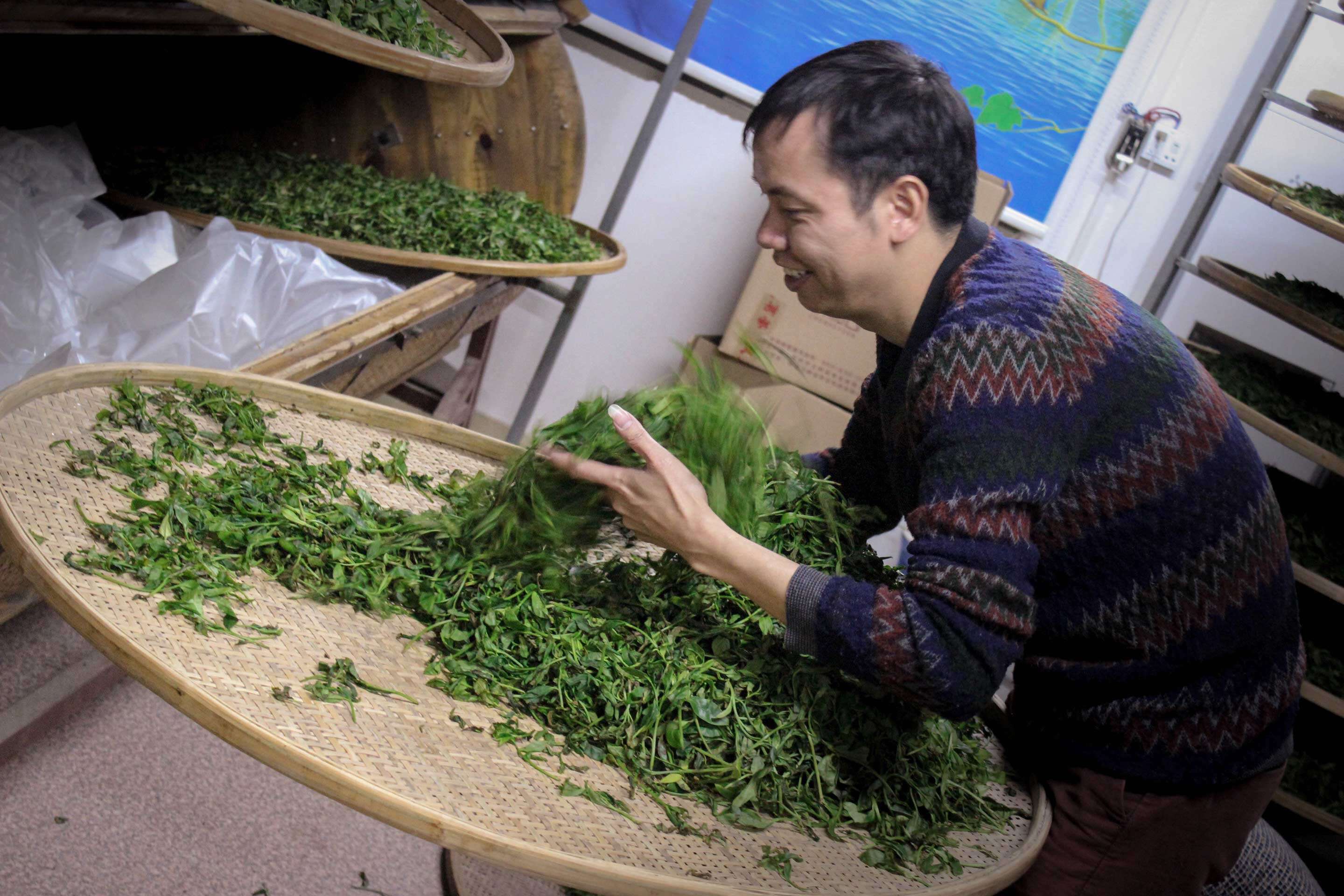

The local way of drinking Dancong is to use tiny cups and a tiny gaiwan, packing the gaiwan with so many leaves that the lid can’t cover them until they are wet. This results in an incredibly strong brew with a bitter edge that evaporates smoothly into juicy sweet luscious aftertaste and aroma.
Perfectly crafted dancong should be able to be pushed to this intensity without any dryness or astringency, and without bitterness that lingers on the palate.

While Wuyishan has been famous for hundreds of years for its tea, Dancong was made famous through the conscious efforts of local leaders like Huang Ruiguang and his contemporaries.
By perfecting the craft and then working tirelessly to bring Dancong to competitions and invite cultural exchange, the area was able to achieve the respect it commands today. This respect translates to farmers being able to charge enough for their tea to practice slow and meticulous finishing techniques, and maintain individual low-yield but high quality trees.
This modern success story with ancient roots is an exciting look at the future of tea and the difference that a few intensely dedicated people can make to a region!
In our next installment, we’ll be looking at Laoshan, a region that is still working tirelessly to establish its rightful place and recognition for the unique microclimate and stunning tea it produces. We’ll see how the work of one family is helping raise up the region, and perfect the craft through innovation and experiment.


 How To
How To Myths & Legends
Myths & Legends Travelogue
Travelogue Tasting Journal
Tasting Journal Talking Shop
Talking Shop Tea 101
Tea 101 Watch
Watch Teaware
Teaware News
News



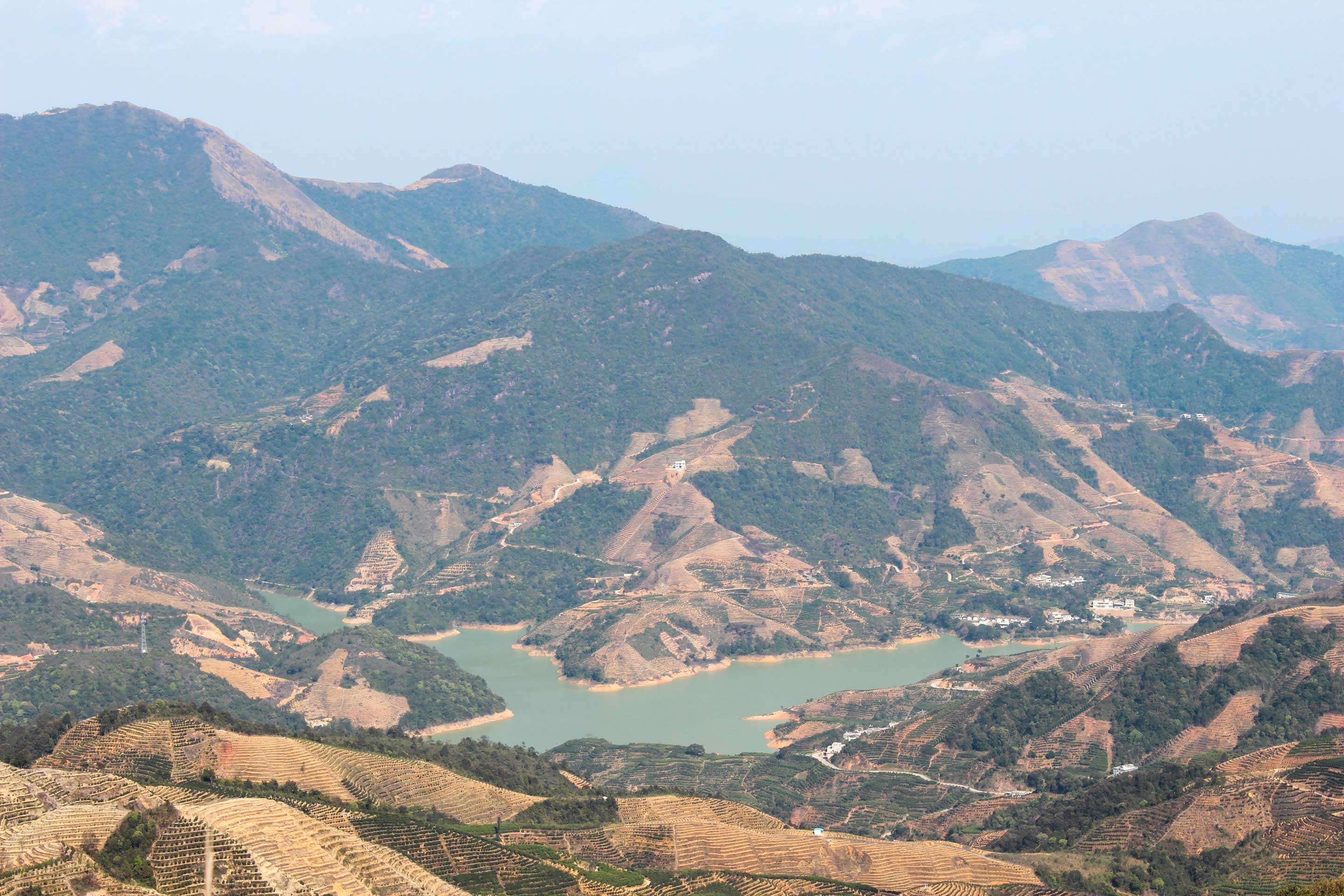
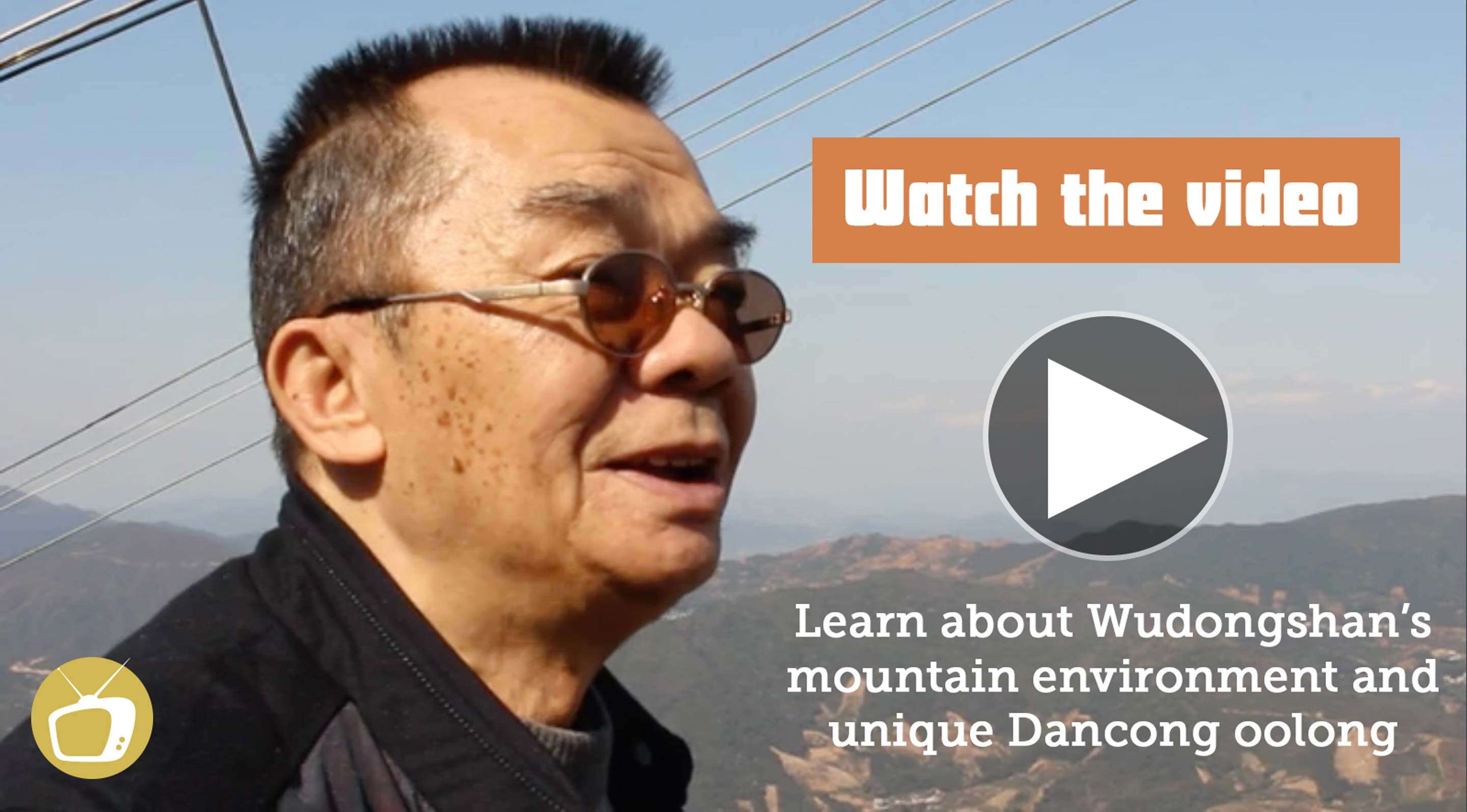


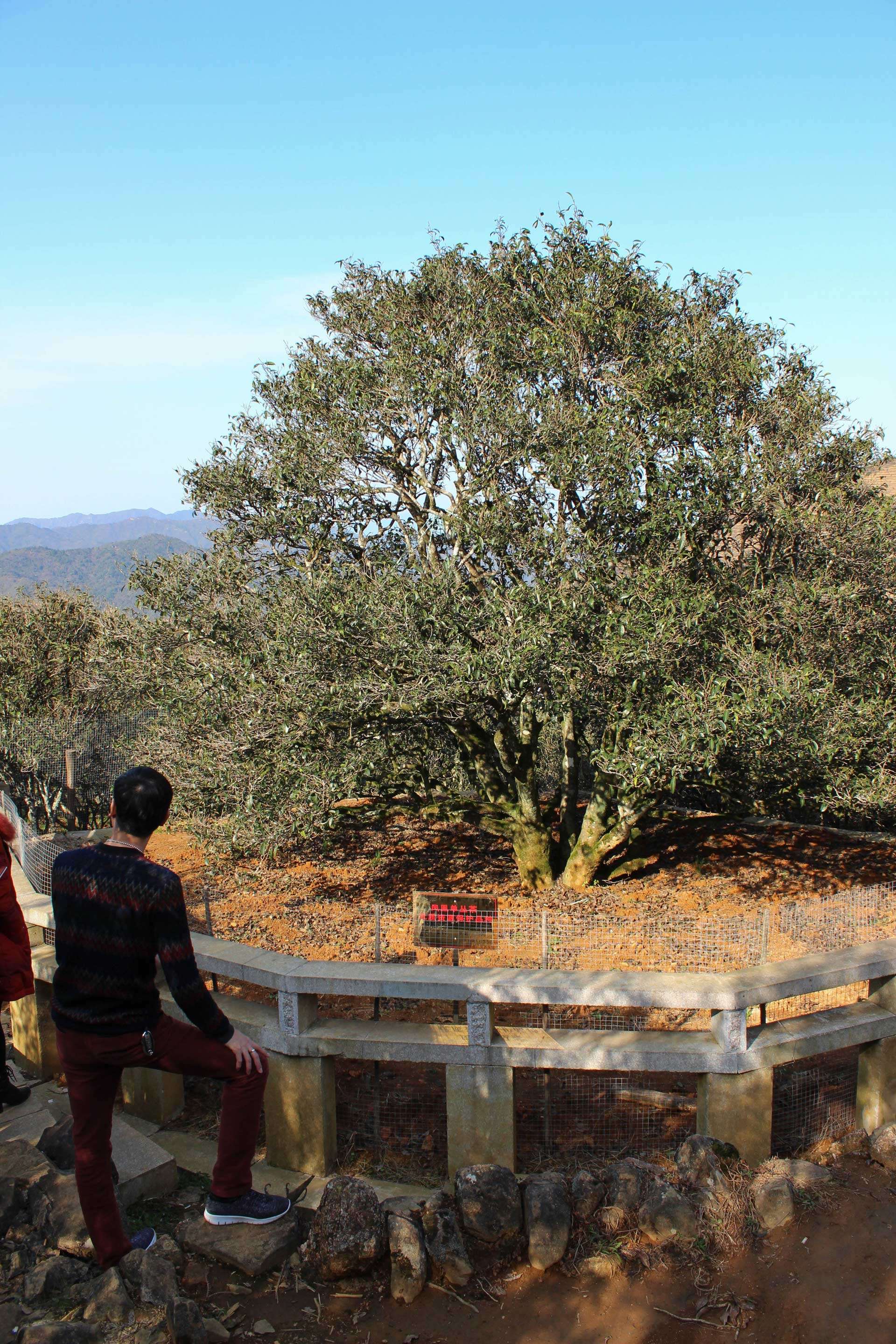
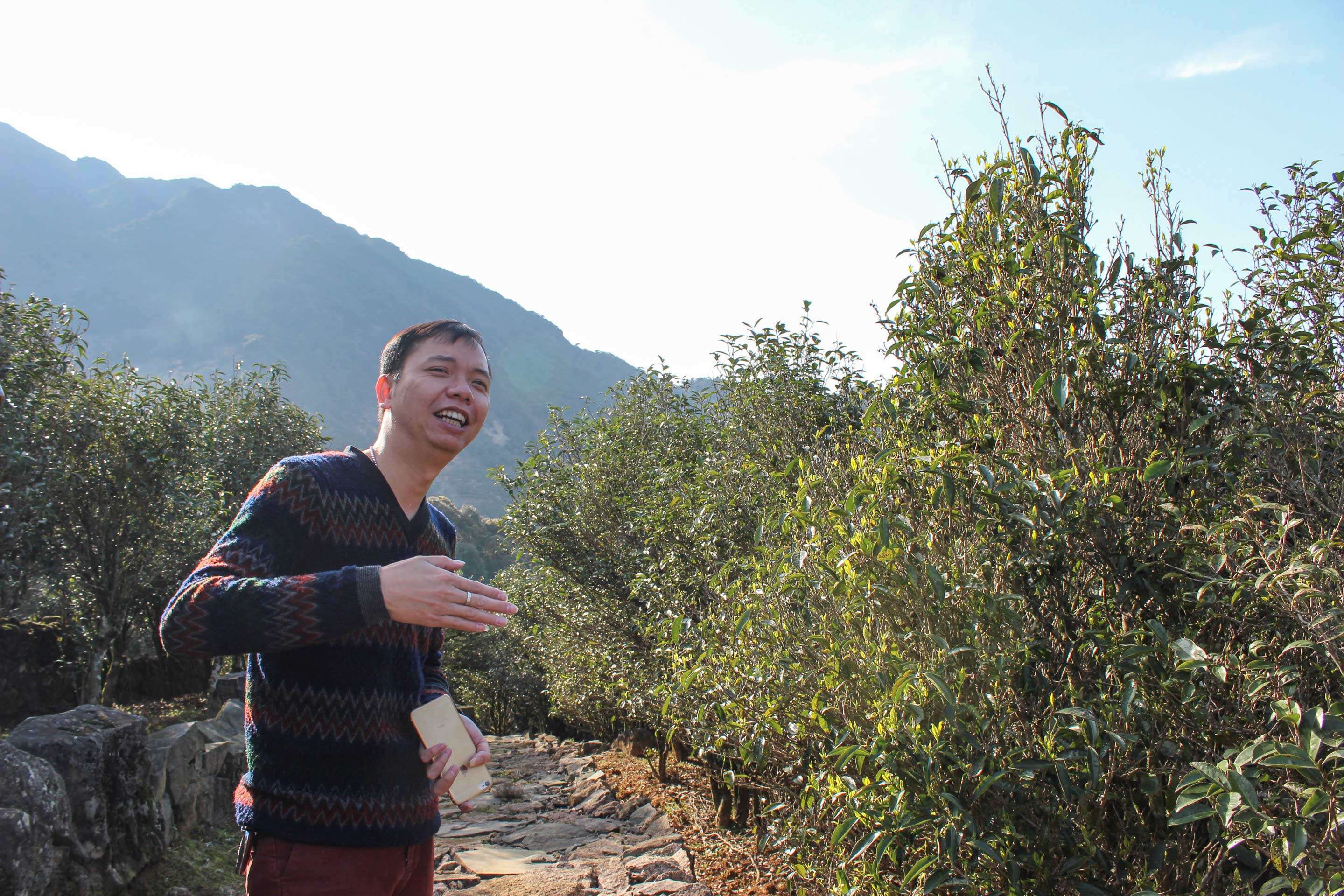

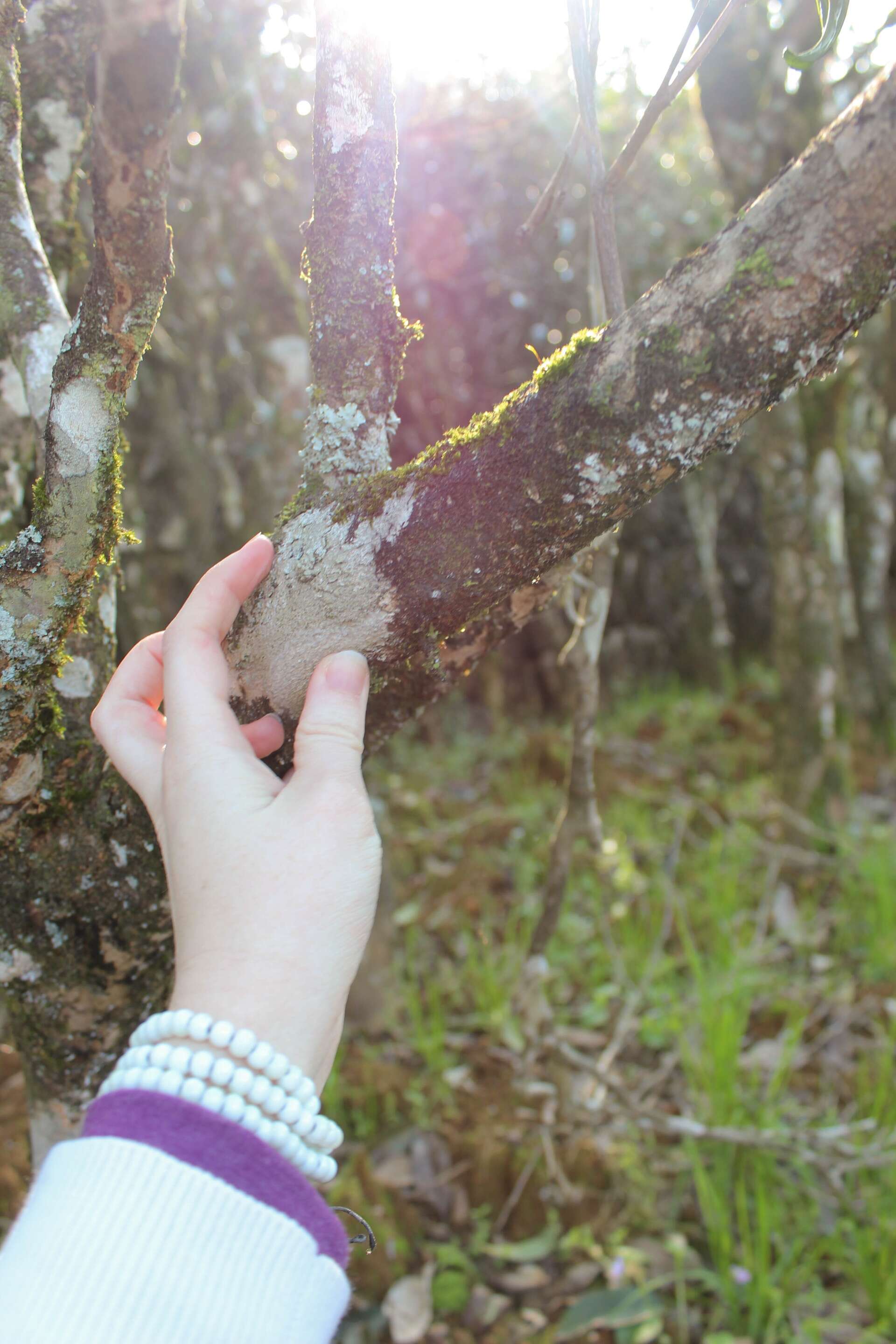
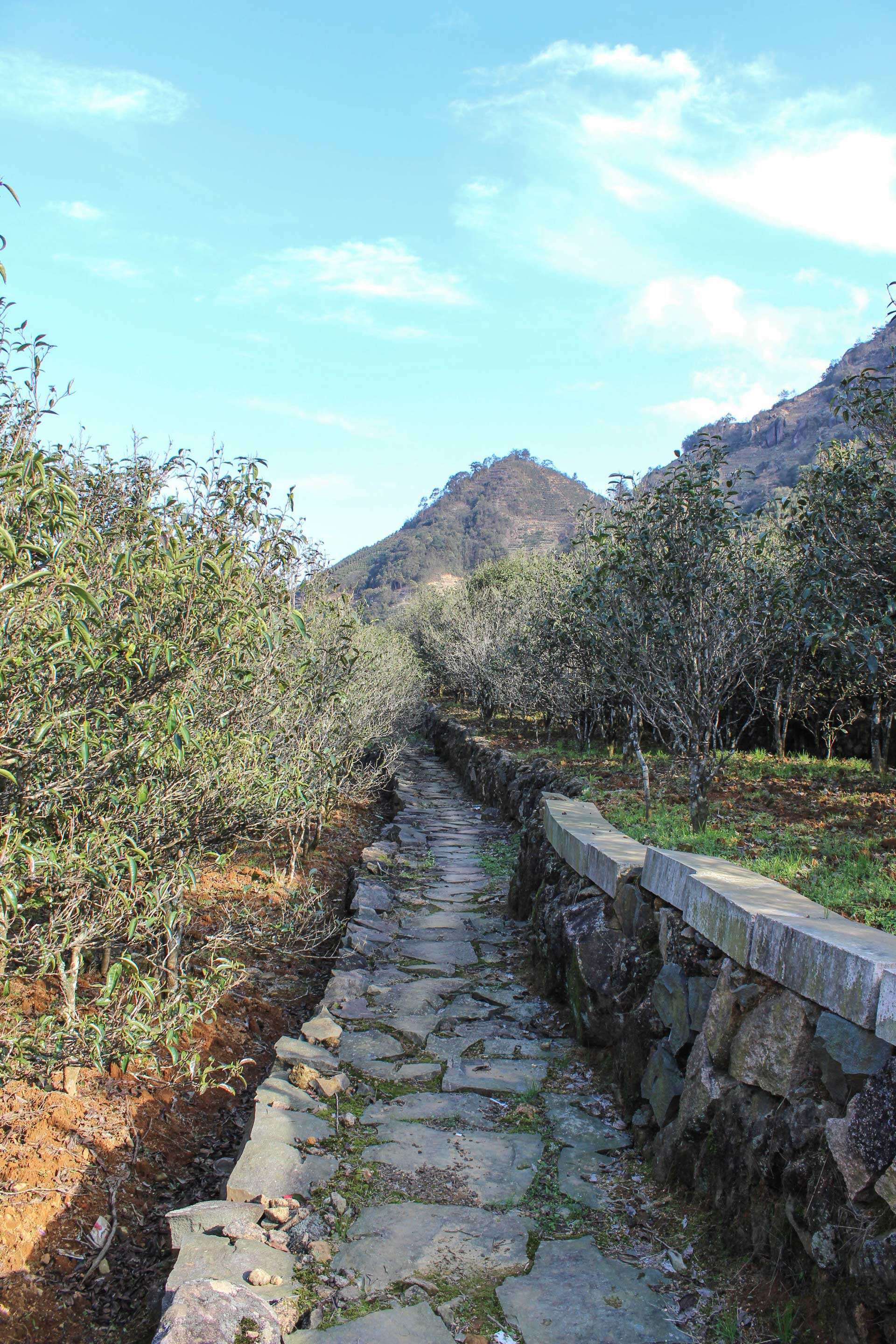

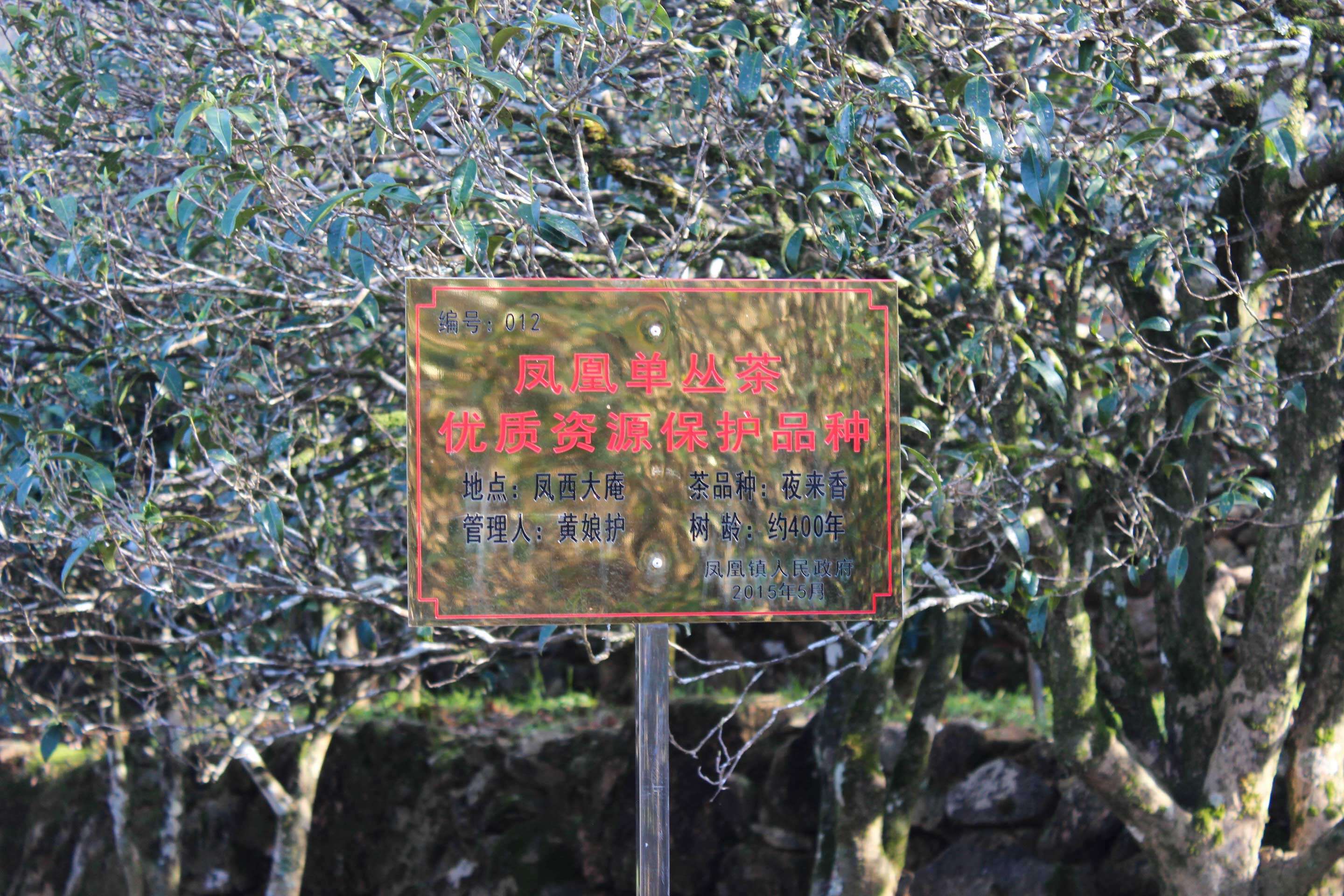



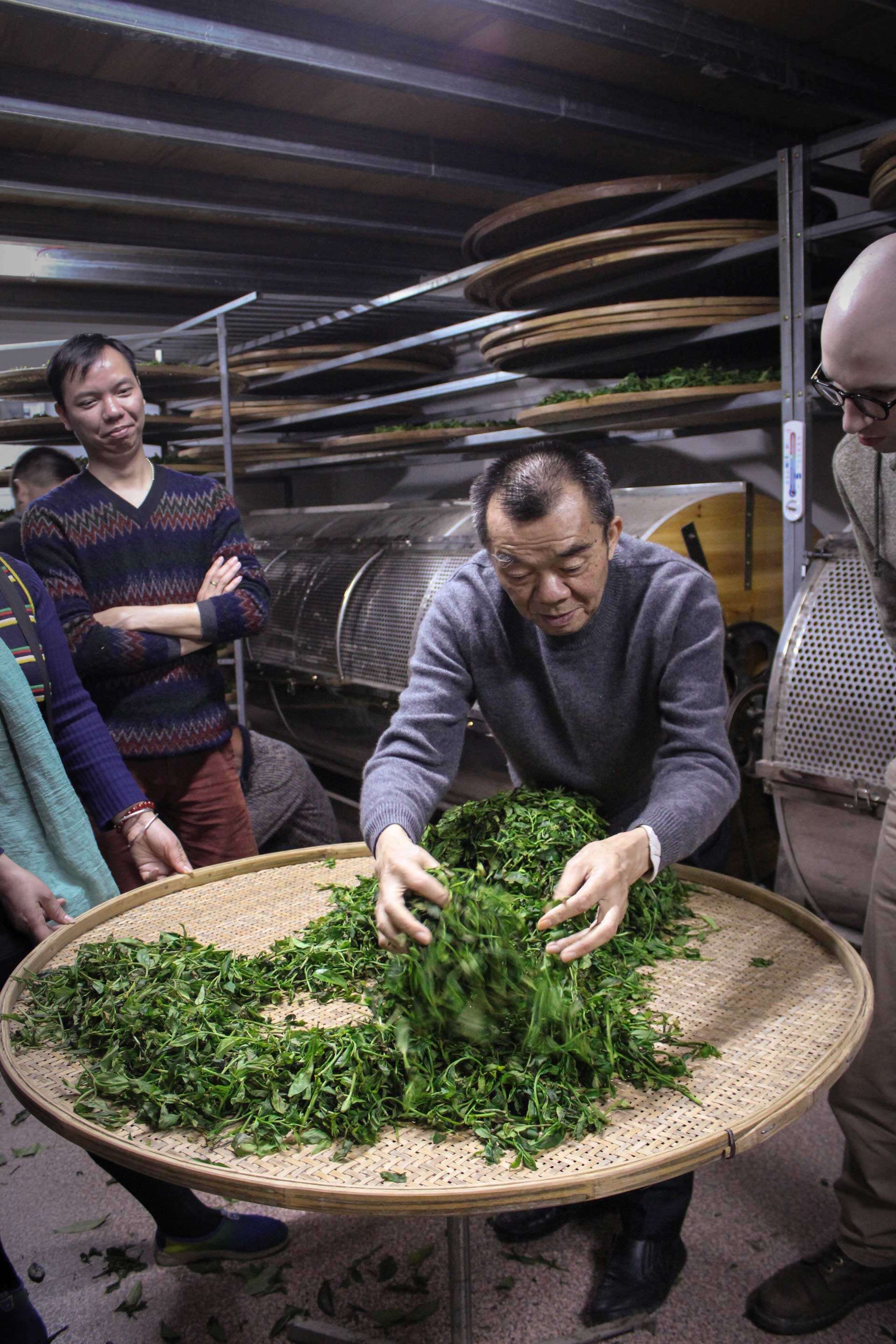
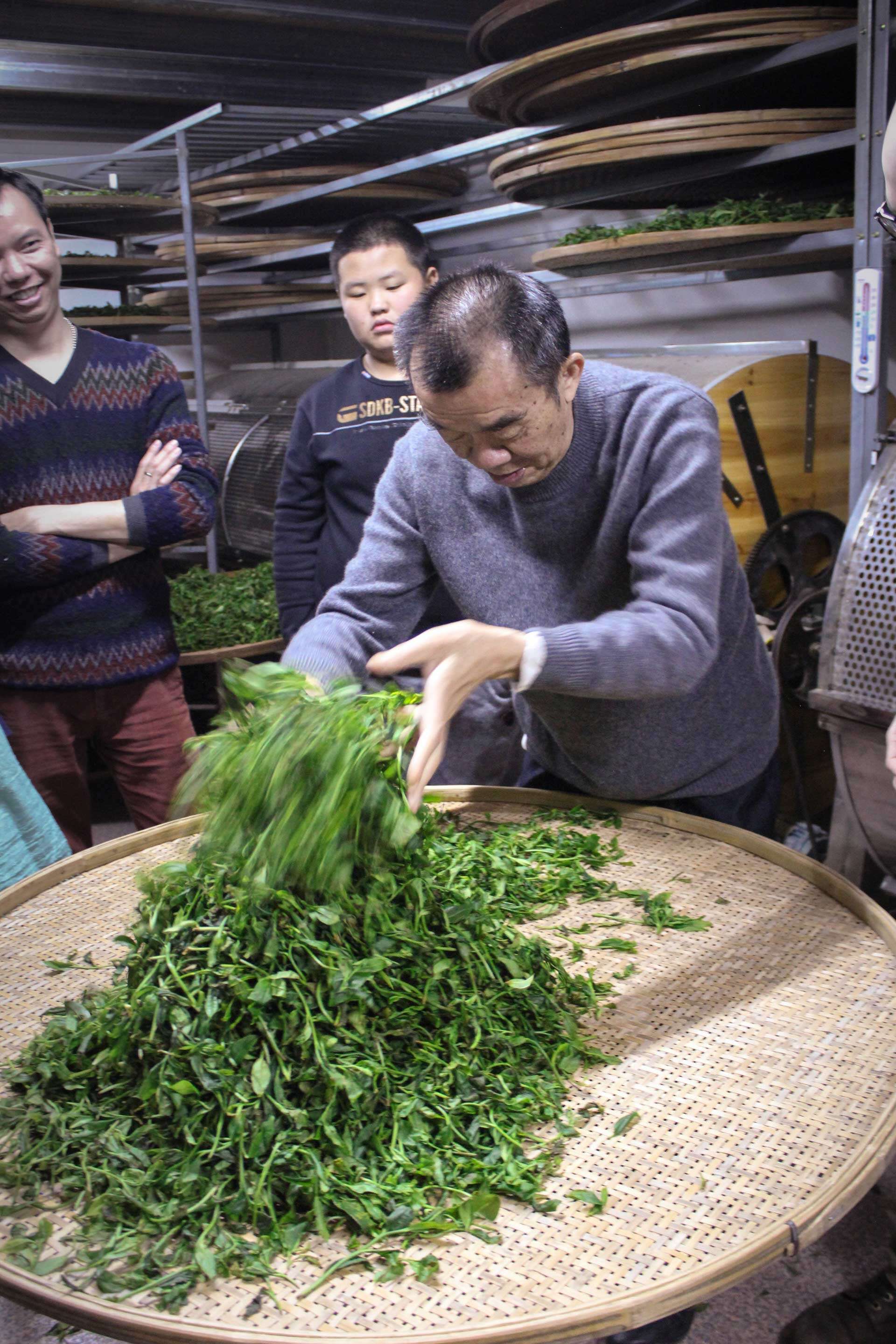




Leave a Reply